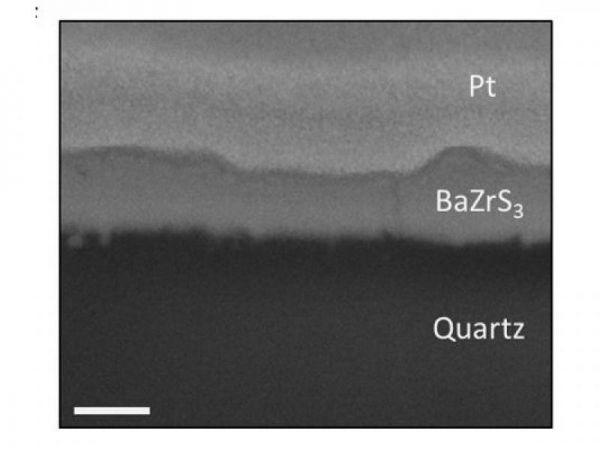A widespread transition to solar energy will depend heavily on reliable, safe, and affordable technology like batteries for energy storage and solar cells for energy conversion. At Rensselaer Polytechnic Institute, researchers are focused heavily on both parts of that equation.
In research published today in Advanced Functional Materials, a team of engineers, material scientists, and physicists demonstrated how a new material — a lead-free chalcogenide perovskite — that hadn’t previously been considered for use in solar cells could provide a safer and more effective option than others that are commonly considered.
Organic-inorganic halide perovskites, a type of crystalline mineral, have shown promise as a key component in solar cells, but they have also posed large challenges. Their unique properties are very effective in converting energy from the sun into power and they are less expensive than silicon, which has traditionally been used in this capacity. However, they are unstable when they are exposed to moisture and sunlight, decrease in efficiency as they degrade, and they break down into lead and lead iodide — both of which are hazardous substances.
Read more at Rensselaer Polytechnic Institute
Image: Scanning electron microscopy image of a BaZrS3 film deposited on quartz. Rensselaer Polytechnic Institute


